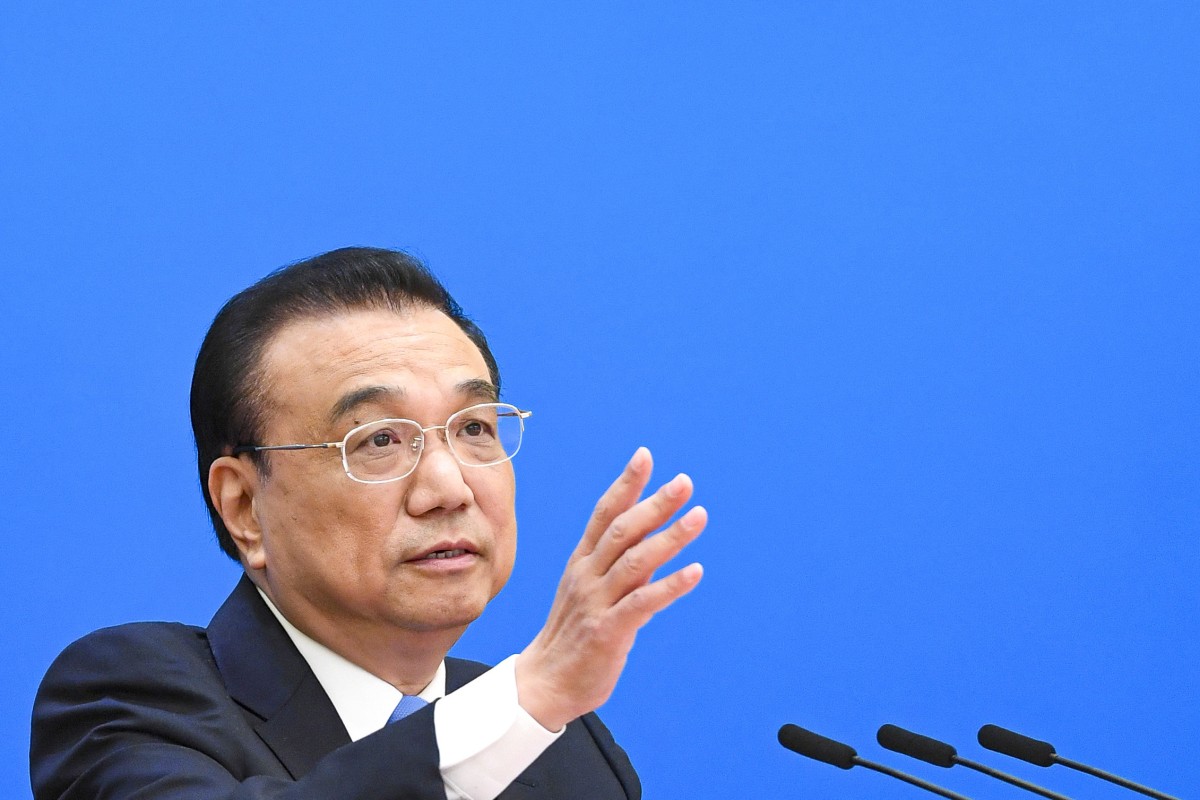Why Debt Issue Of Low Income Nations Must Be Resolved By The Contributions Of Wealthy Countries?
The goal is to give the poorest developing nations "soft loans"—grant money, discounted loans, or debt relief.

While China’s economic development is “stabilizing” and “rebounding,” Premier Li Keqiang urged the International Monetary Fund (IMF) that all parties should work together to “spread the weight” of the debt difficulties of low-income nations. Resolving the debt difficulties of low-income countries requires the engagement of all creditors, according to Li, who added that China is willing to play a constructive role in addressing relevant countries’ debt concerns within a multilateral framework.
During a phone chat, Li reminded IMF Managing Director Kristalina Georgieva that China is dedicated to resolving the North-South gap. China is the world’s most significant bilateral creditor to the poorest countries. Beijing has been asking the G-20 countries to “perform a fair, impartial and in-depth investigation of the factors underlying global debt challenges and to resolve problems efficiently.

Reiterating China’s commitment to “closing” the North-South divide, Li stated that unexpected factors such as the COVID-19 pandemic had a significant impact on the Chinese economy in the previous year, but the government responded quickly and decisively by implementing established policies and measures ahead of schedule, and introducing a package of policies and ongoing efforts to stabilize the economy, thereby stabilizing the macroeconomic market.
He noted that “local governments in cities and towns have generated over 12 million new jobs,” while the consumer price index climbed by barely 2% in the face of intense global inflation. According to Li, the Chinese economy grew at a 4.5% annual pace, greater than the global average.
Why is there a “great finance divide” between developed and low-income nations?
The COVID-19 outbreak and the Ukrainian War are only two of the shocks that have shaken the international economy in the previous two years. Yet, not all individuals and nations have been affected in the same manner. A financial gap is severely limiting many developing nations’ capacity to respond to shocks and invest in recovery.
After the COVID-19 pandemic, developed economies were able to fund enormous fiscal response packages (worth 18 percentage points of GDP) at extremely cheap borrowing rates, backed up by their central banks. Poor countries had greater constraints. The poorest nations, in particular, were obliged to reduce investment in education and infrastructure, adding to a longer-lasting crisis.
Even before the effects of the Ukrainian conflict, it was estimated that one in every five developing nations would not achieve 2019 per capita income levels by the conclusion of 2023, with investment rates not likely to rebound to pre-pandemic rates for at least two years.

This sluggish investment rebound deepens substantial climate and SDG investment disparities. Yet, many nations are unable to fund the necessary investment drive. At the start of 2022, 3/5 poorest nations were in high danger of or already in debt difficulty, while one 1/4 of middle-income countries were at high risk of fiscal catastrophe. Increasing oil and food prices as a result of the Ukrainian conflict have put extra strains on commodities importers’ fiscal and external balances while tightening global financial conditions raise the possibility of a systemic collapse.
Debt sustainability issues, which tend to occur at lower levels of debt in developing nations, translate into larger risk premia. Even in nations where debt is deemed manageable, the cost of borrowing remains considerable.
Why wealthier nations should contribute to the debt issue of low-income countries?
Debt finance, when done correctly, may allow countries to respond to emergencies while also funding long-term development. Productive investments boost growth and fiscal capacity, creating the resources needed to service debt sustainably. For nations with huge debt overhangs, however, extra lending might be counterproductive, making debt reduction and increased grant financing necessary. The challenge is to enhance access to inexpensive long-term funding (as well as grants when appropriate) and to put the revenues to good use. While there is no one answer to increasing countries’ fiscal space, initiatives to do so include sovereign acts, international public financing, and attempts to enhance commercial borrowing rates and lower credit spreads.

The last line.
The goal is to give the poorest developing nations “soft loans”—grant money, discounted loans, or debt relief. Wealthier countries may try to enhance infrastructure, institutional changes, agriculture, basic health care, clean water and sanitation, agriculture, and business climate. The assistance can open the door to equity, economic expansion, job creation, greater salaries, and improved living standards.
Edited by Prakriti Arora




